1
Papaver rhoeas Mother of Pearl Group
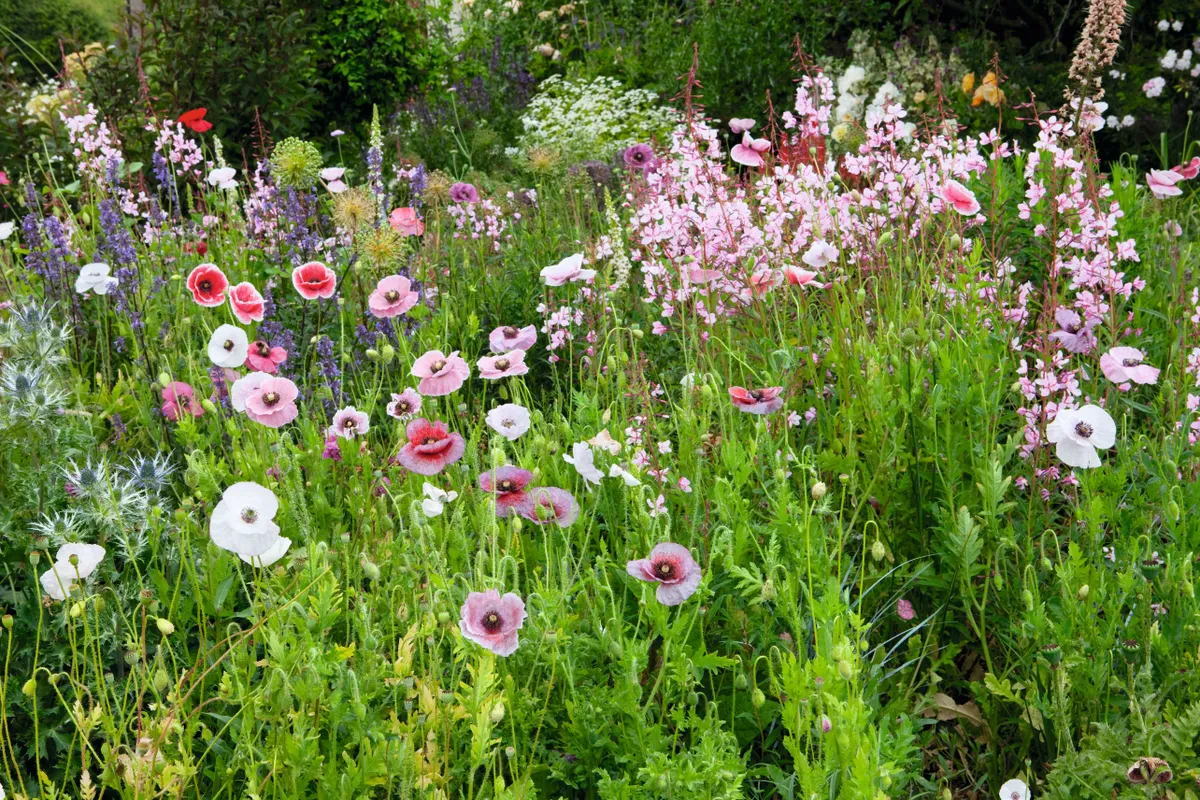
A strain of the wild corn poppy selected by artist Cedric Morris. Subtle grey, lavender, pink and white, the colour appears to be stippled on with a fine paintbrush. It is vital to grow well away from wild corn poppies, or they will all end up red. Typical height (H) 30cm.
2
Smyrnium perfoliatum
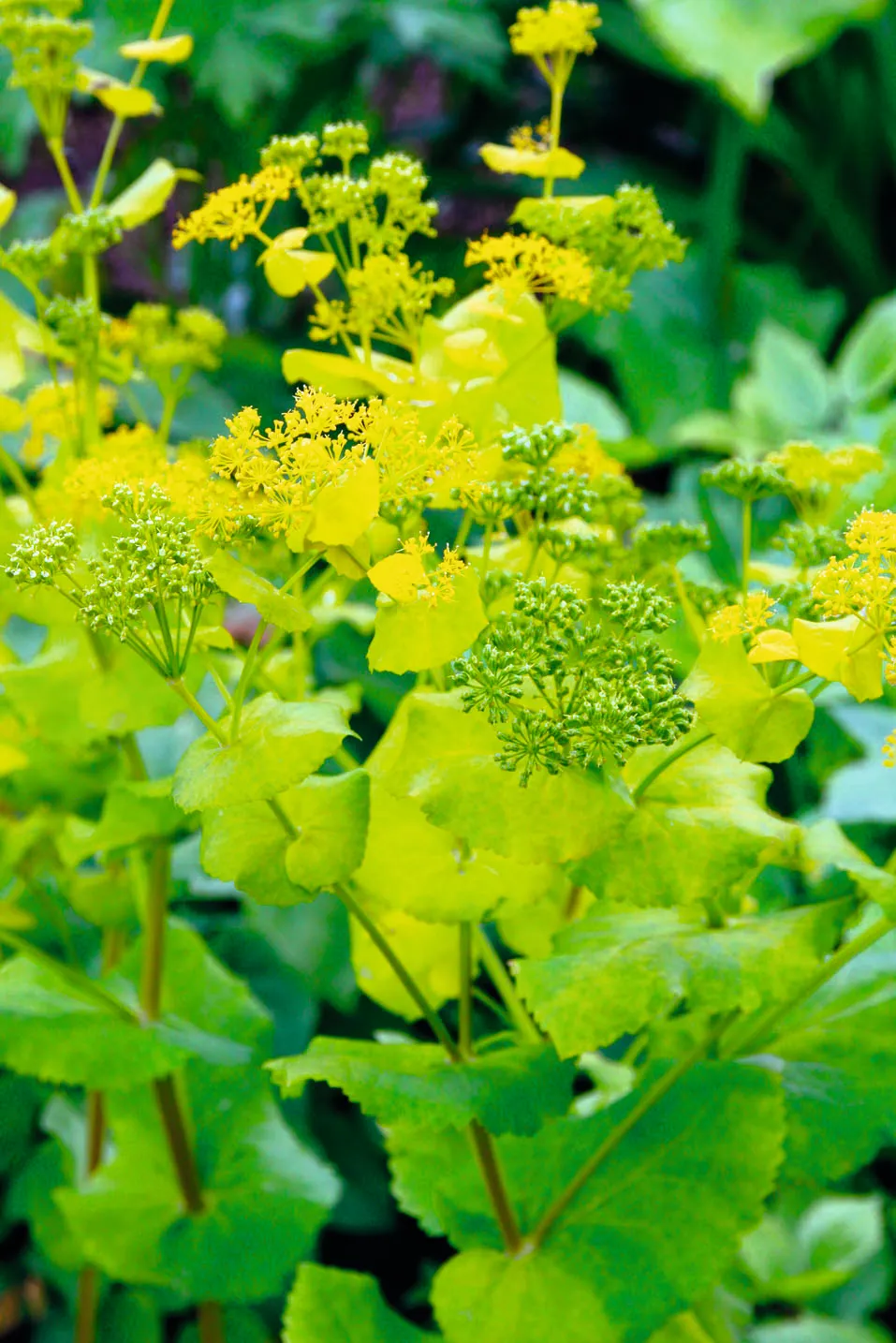
Hard to establish, as seed must be sown fresh and the plant takes several years to flower, but once one plant is big enough to flower and set seed, you will never be without it. H 90cm.
3
Eschscholzia californica ‘Alba’
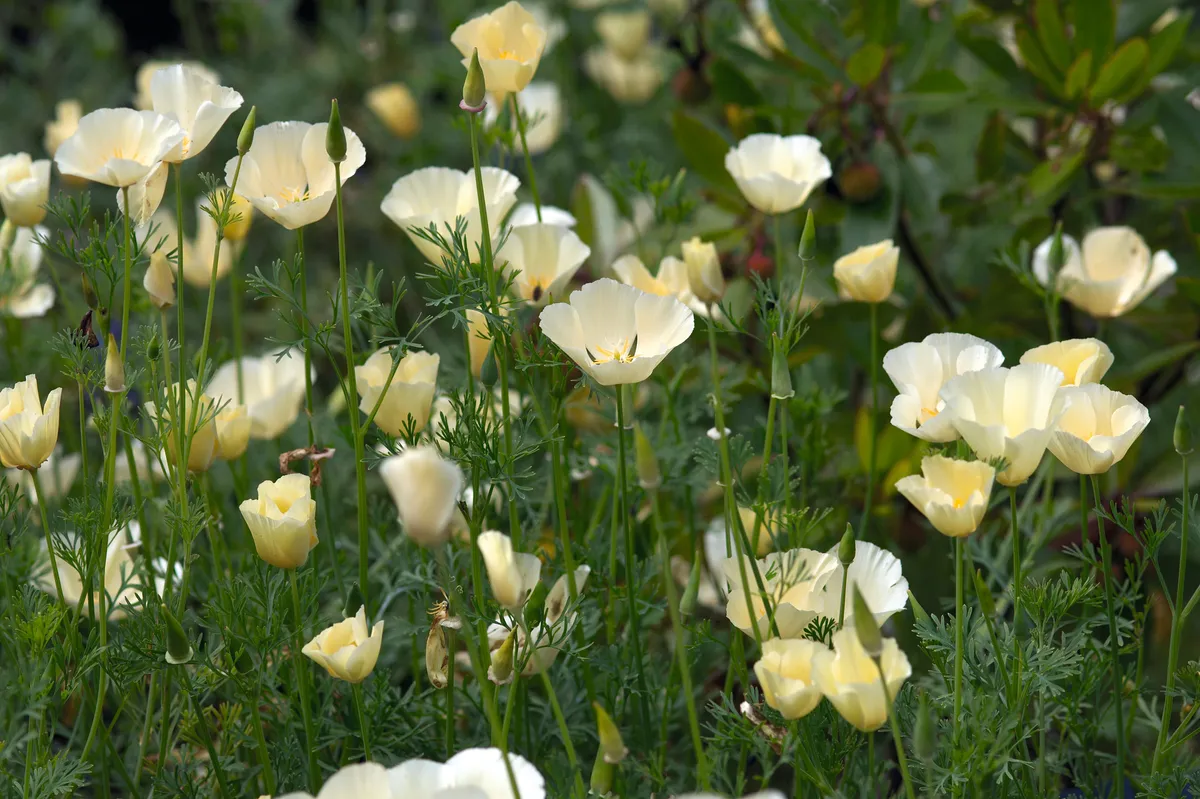
California poppies love a sunny, dry spot. Usually orange, they come in an array of colours. I prefer ‘Alba’. Start with one you like, and never let an orange one in. H 30cm.
Buy Eschscholzia californica 'Alba' from Chiltern Seeds
4
Corydalis ochroleuca
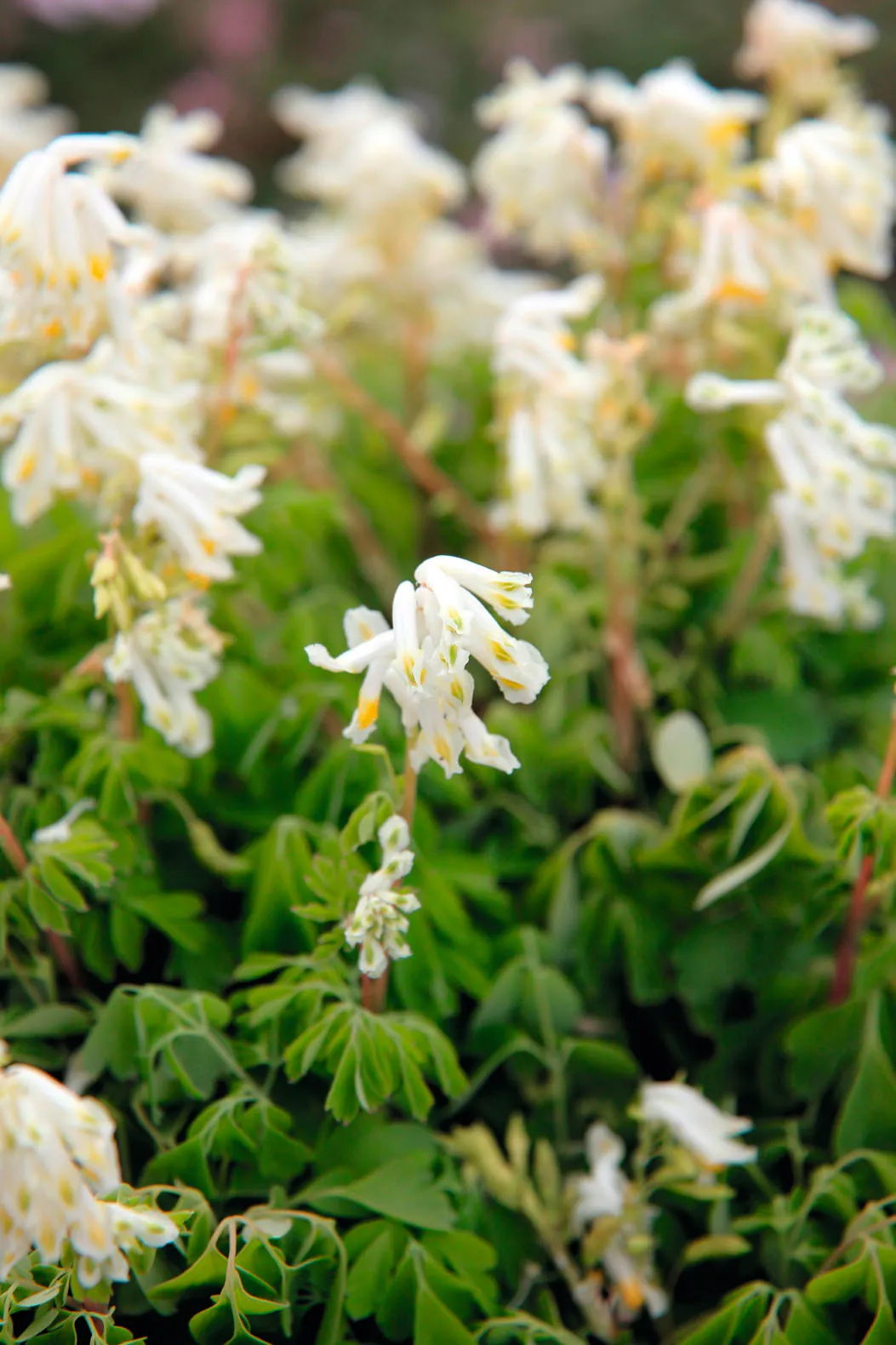
With creamy white flowers on fine green leaves from May to September, this species does well in sun but is particularly good at lighting up shady areas. H 20cm.
Buy Corydalis ochroleuca from Chiltern Seeds
5
Glaucium flavum
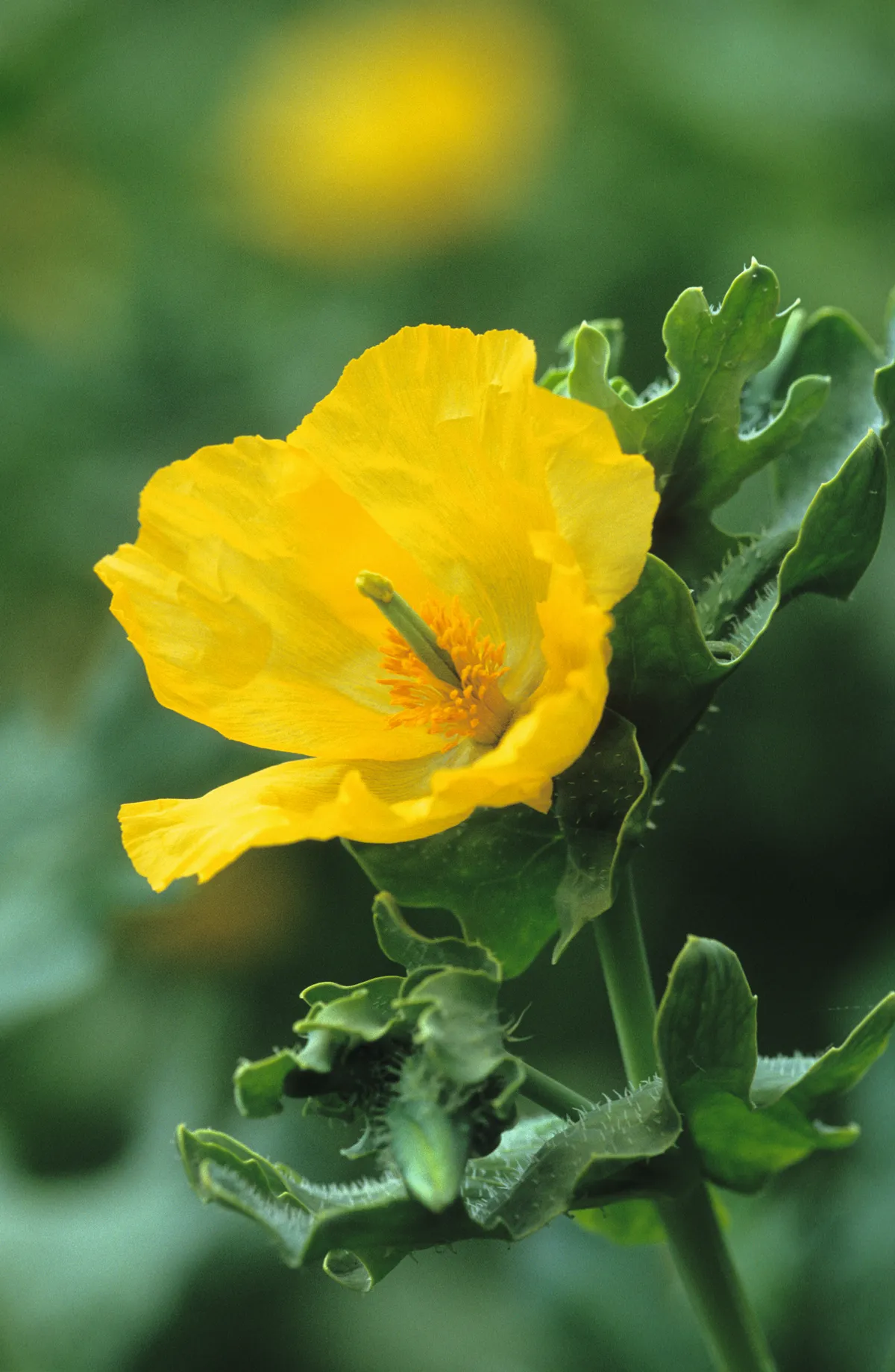
Horned poppies are British natives growing in the shingle by the sea, so they love sunny, dry spots. They are worth growing for their fabulous, curly grey foliage alone. H 30cm.
6
Digitalis parviflora
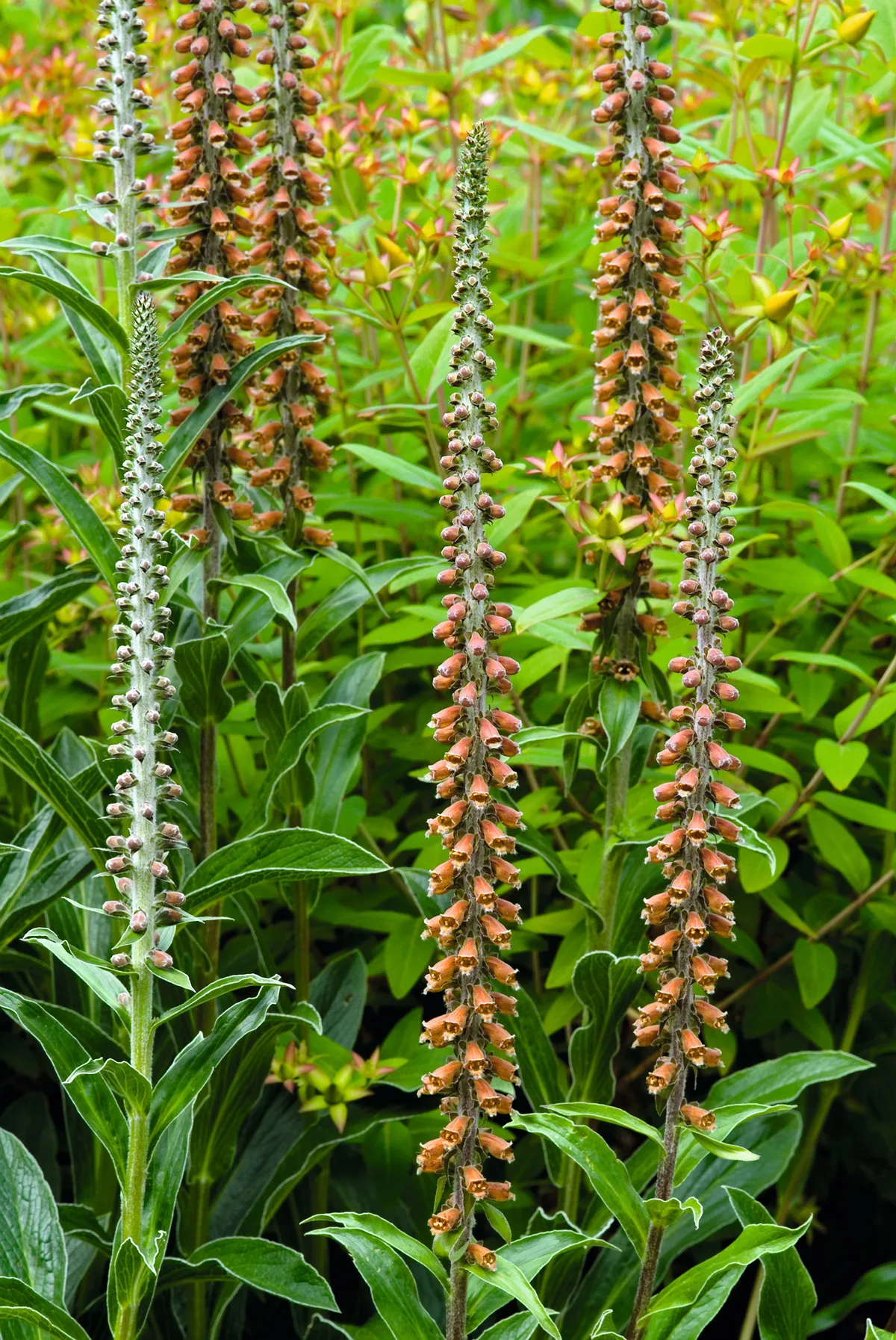
Who would think brown could be so exciting? The small-flowered foxglove bears perfectly vertical rusty-brown spears in July. H 75cm.
7
Atriplex hortensis var. rubra
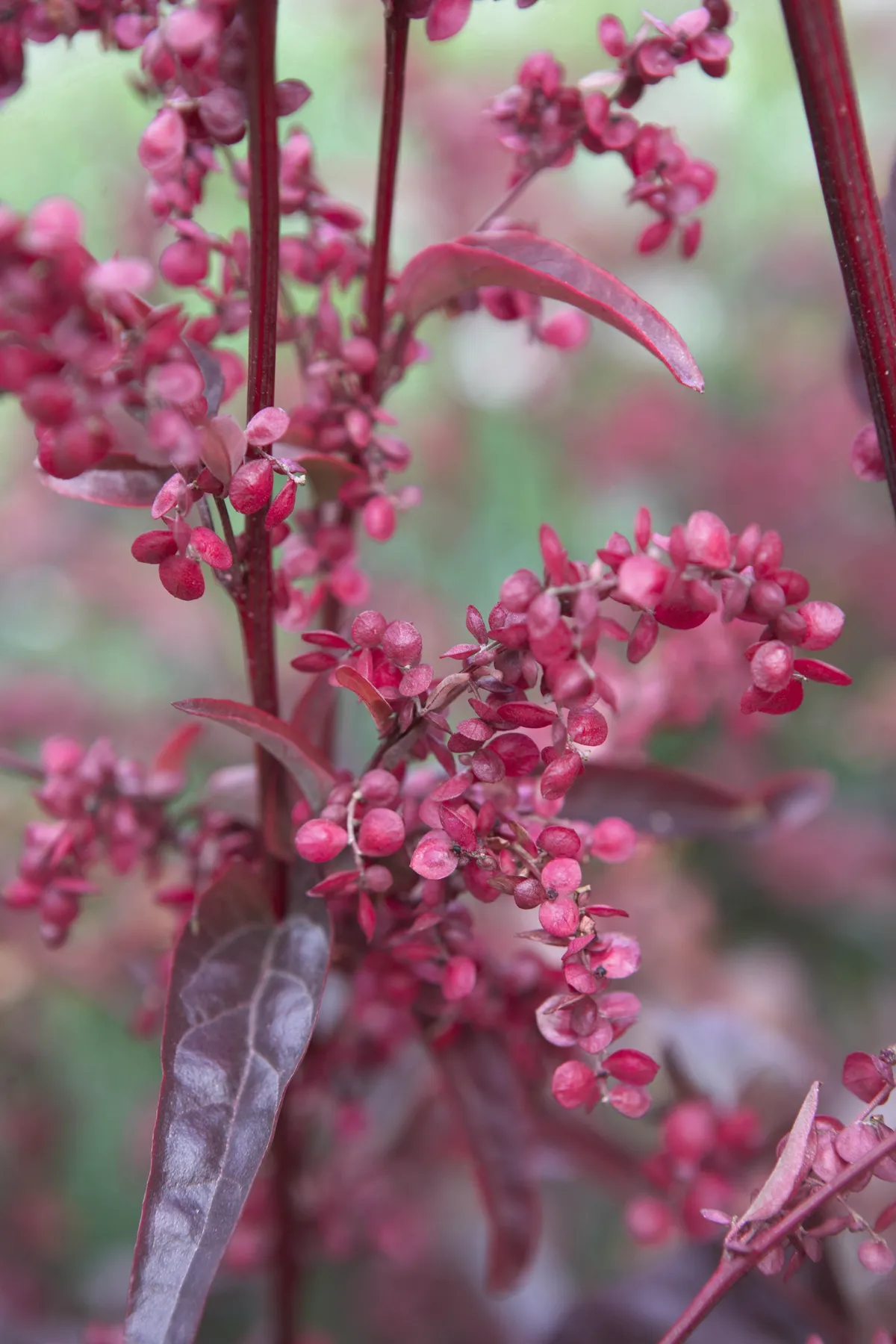
Half the young purple seedlings go straight in the salad bowl. The rest grow up and up, bearing deep red leaves that look wonderful with the sun coming through. H 1.2m.
Buy Atriplex hortensis var. rubra from Sarah Raven
8
Viola corsica
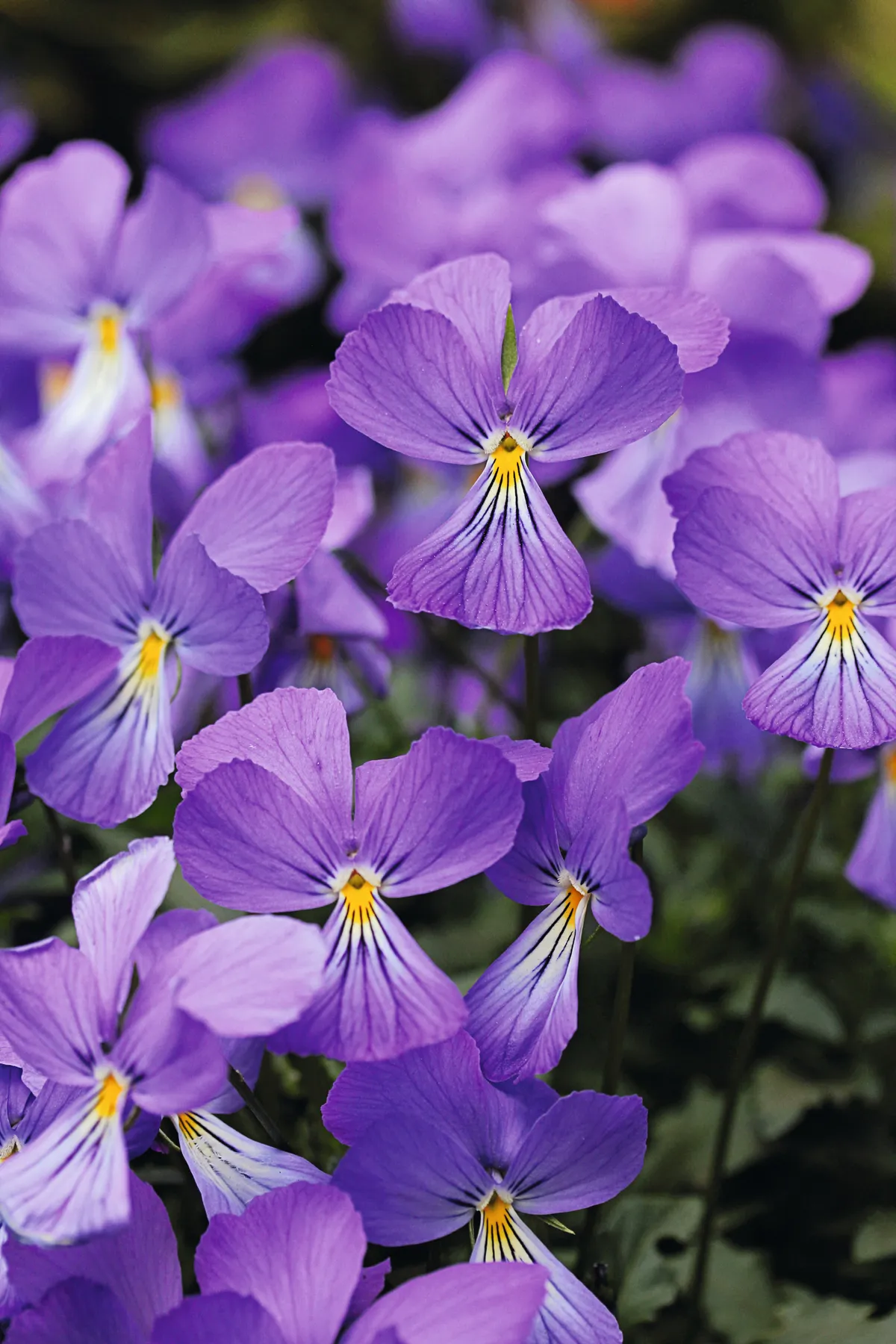
Large flowers in a lovely deep violet-blue, from April to the end of October. They are hardy, tough and breed like rabbits, especially in hot, sunny, dry conditions. H 10cm.
9
Lunaria annua var. albiflora ‘Alba Variegata’ AGM
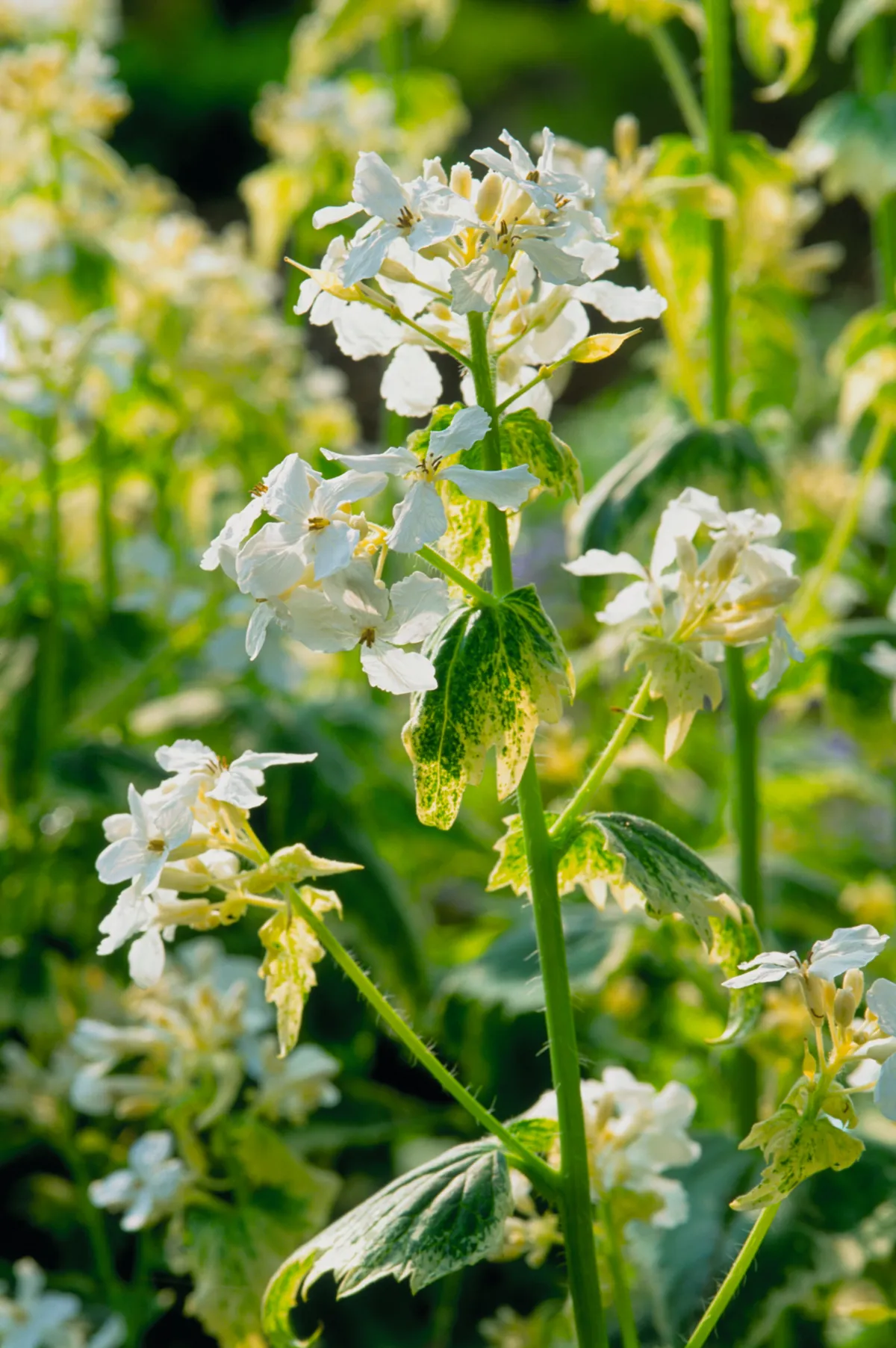
The first-year seedlings of this honesty are green; in the second year their white staining will leap out of shady corners. H 90cm.
10
Erodium pelargoniiflorum
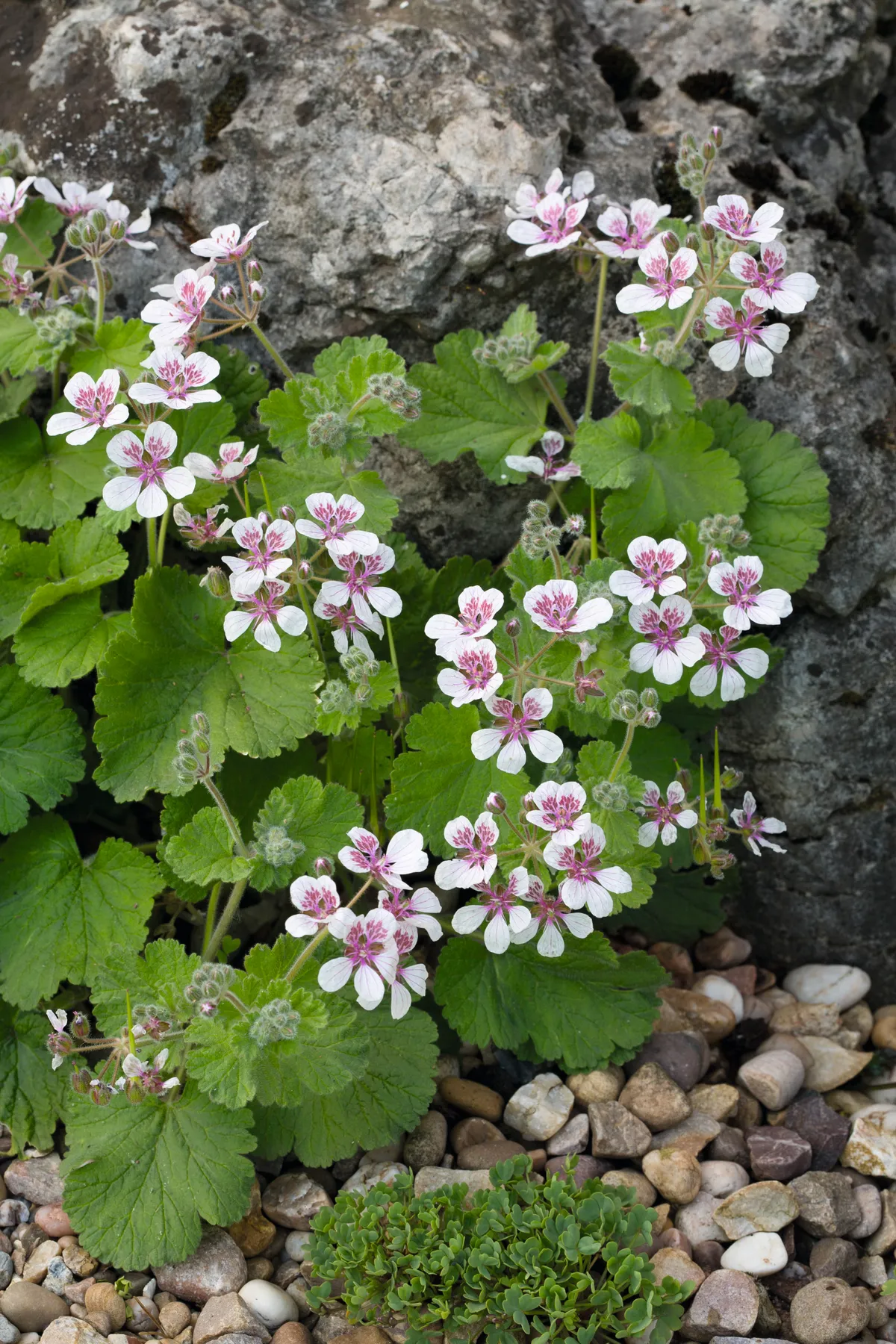
Pretty little purple and white flowers on mounds of rounded leaves from April to September. Originally from Turkey, this species likes a sunny position. H 20cm.
Buy Erodium pelargoniiflorum from Woottens of Wenhaston
11
Geranium pyrenaicum ‘Bill Wallis’
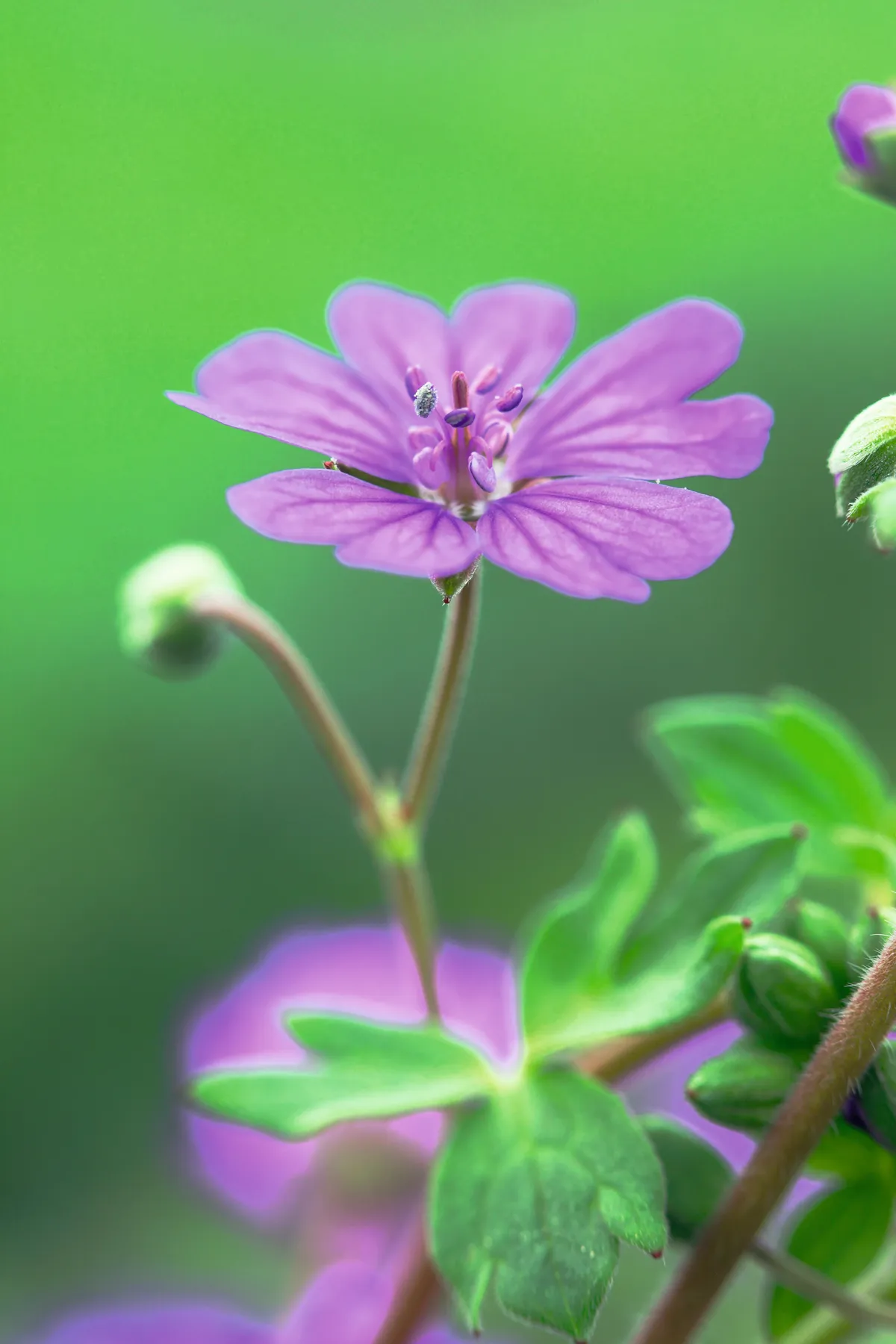
Small, vivid purple flowers in airy sprays seem to spring from nowhere in May, then appear to die, shrinking away to nothing – until another smaller wave appears in July. H 30cm.
12
Setaria viridis
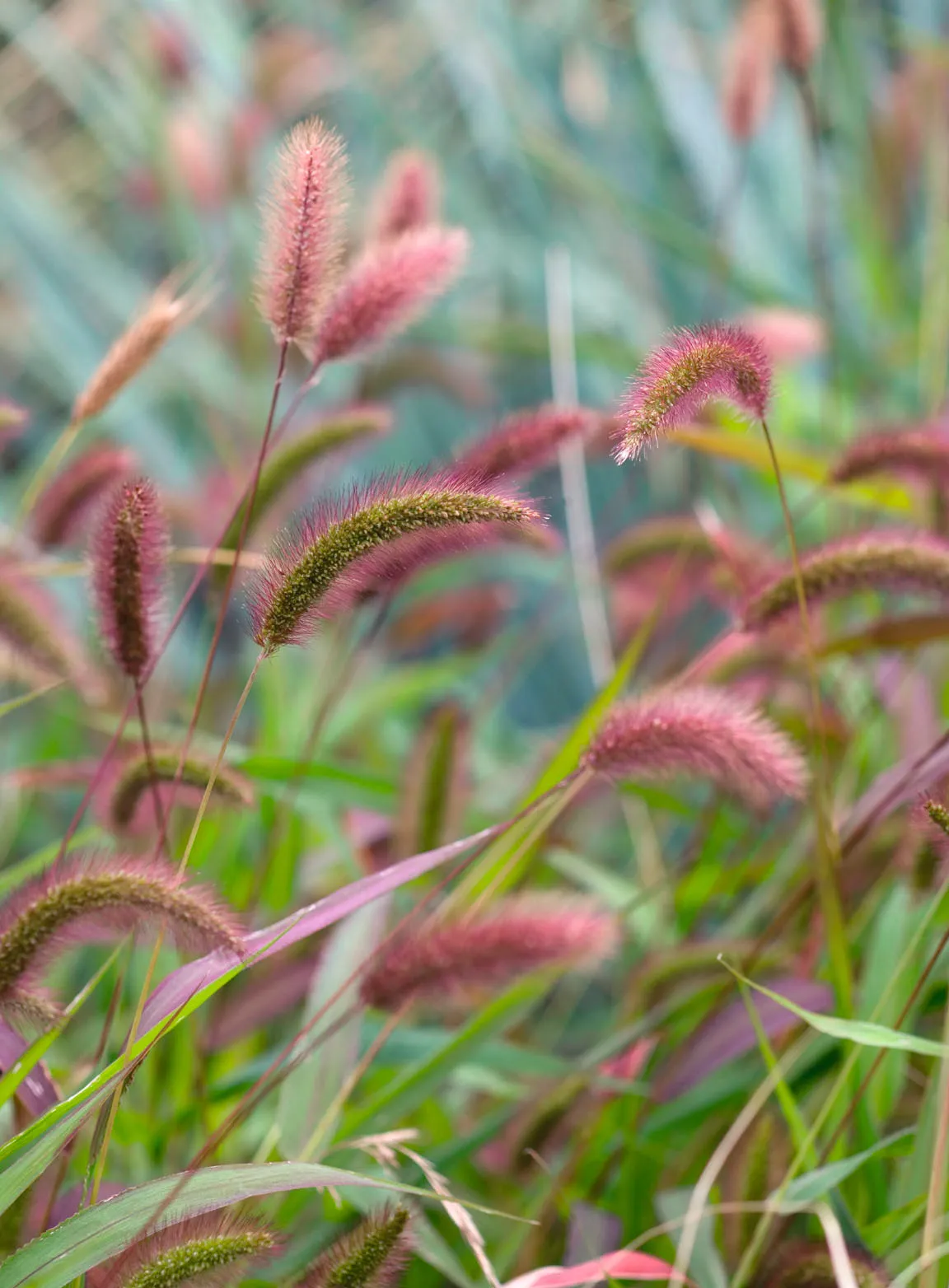
Green bristle grass comes up late and fills in gaps where other plants have finished. Some gardeners may find it invasive but I am happy to keep pulling out unwanted seedlings. H 1m.
13
Eryngium giganteum ‘Silver Ghost’ AGM
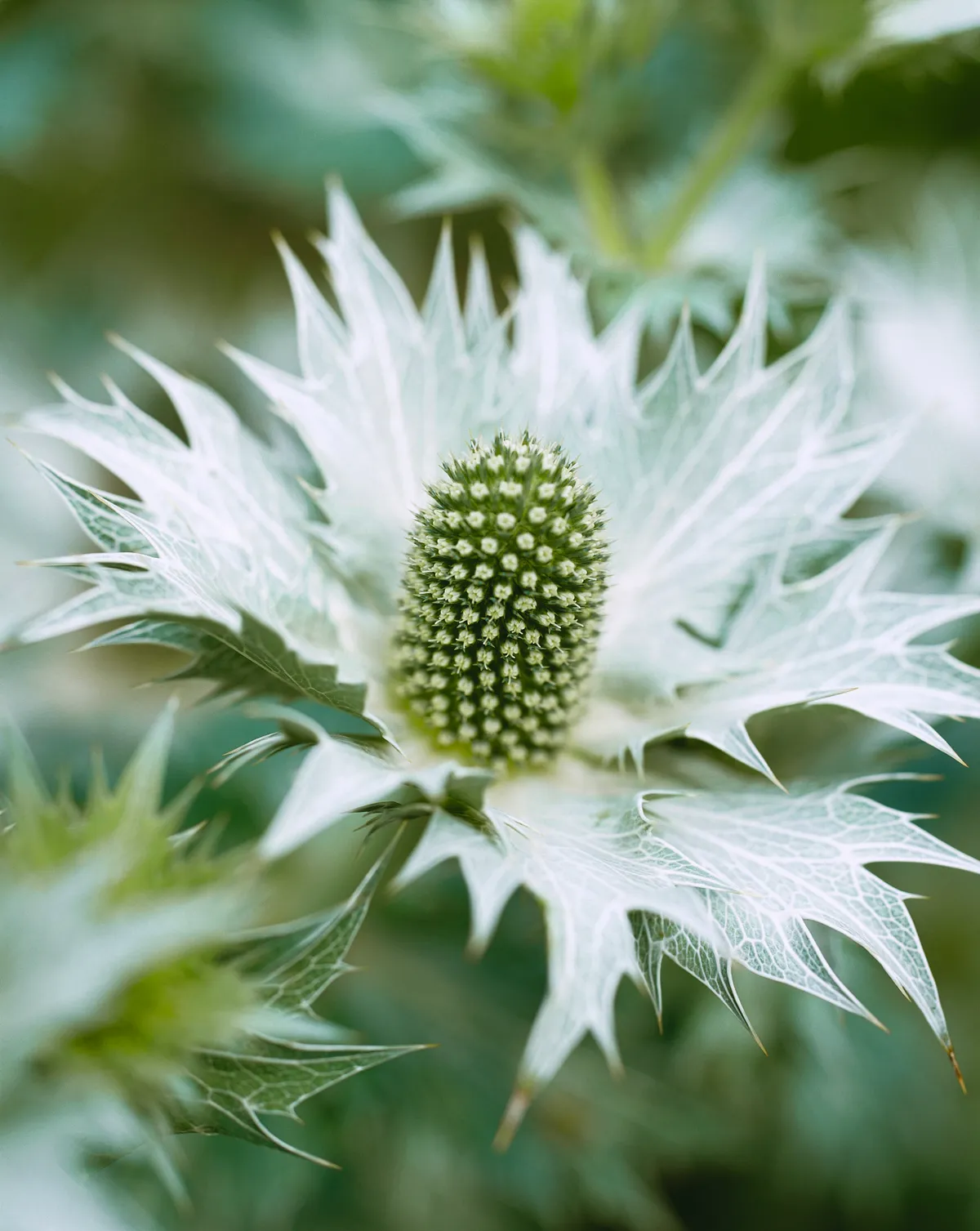
This form of Miss Willmott’s ghost has slightly bigger, more silvery bracts. Handsome as a skeleton in January. Remove excess seedlings early, before spikes develop. H 75cm.
14
Hesperis matronalis
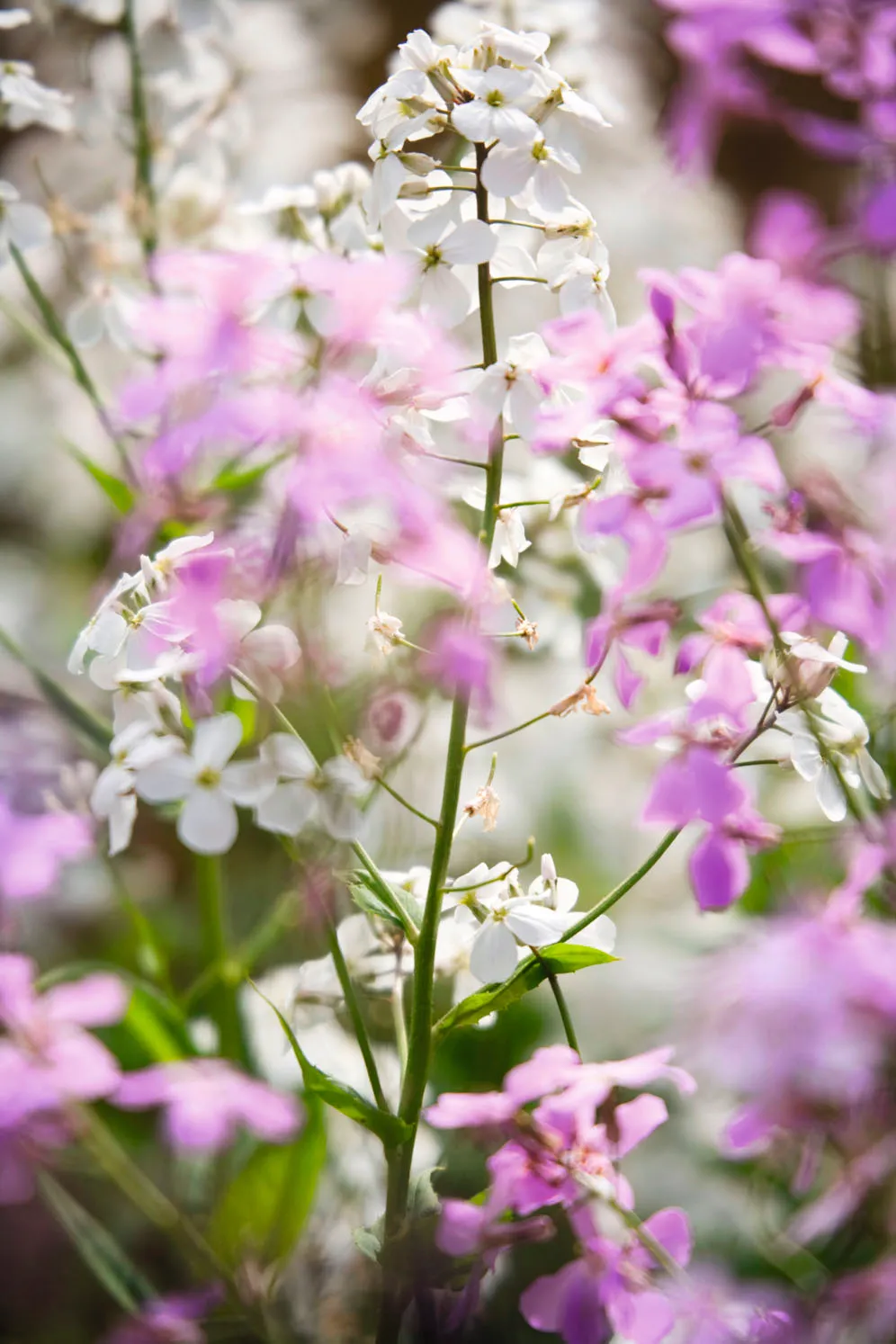
Sweet rocket is a short-lived perennial but is freely self-sowing and seems to grow equally well in sun or light shade. Fragrant purple or white flowers, May-June. H 90cm.
15
Knautia macedonica
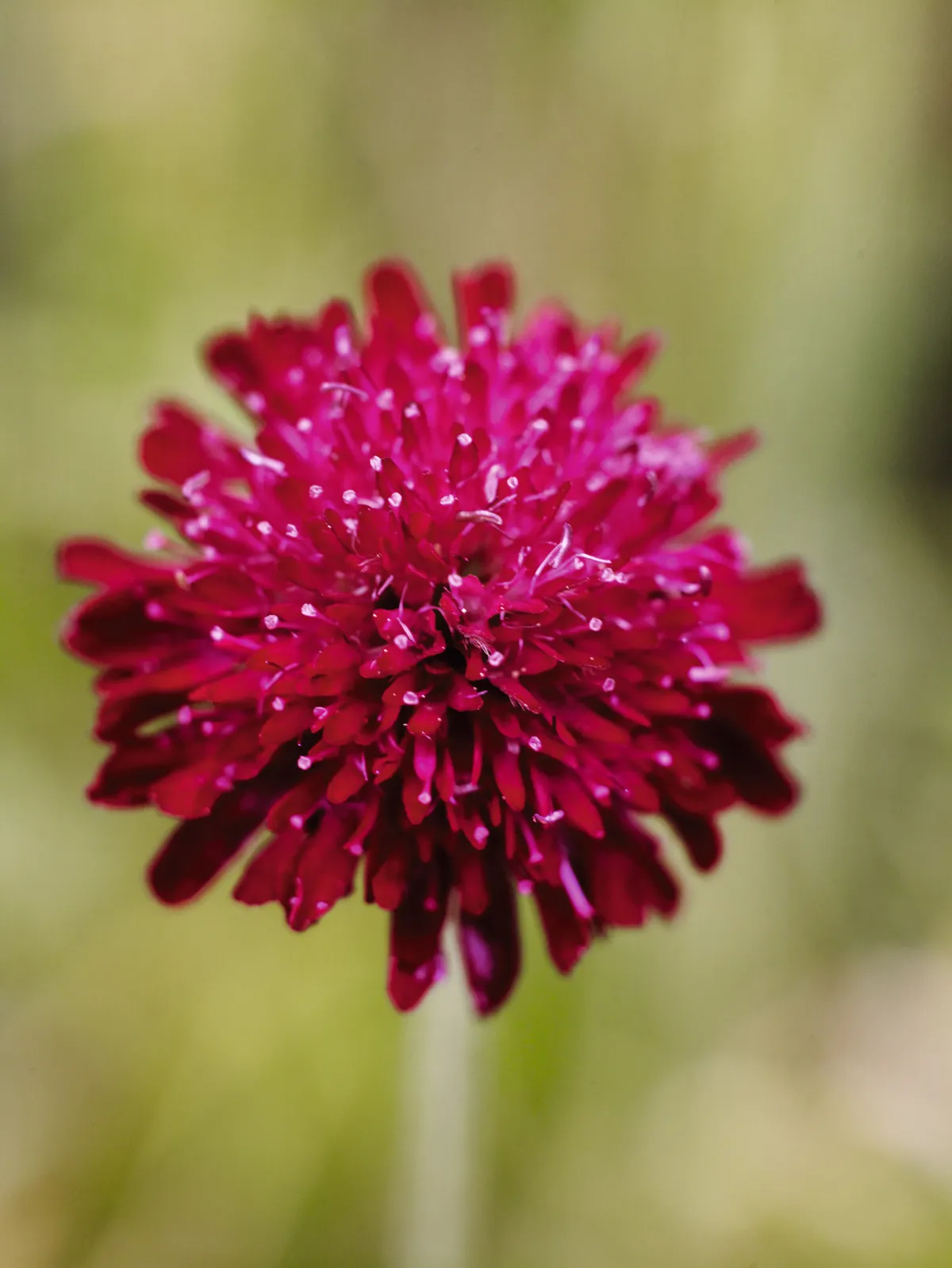
Often called crimson scabious, knautias bear little deep-red flowers for five or six months if you keep dead-heading them. I eventually give up and let them go to seed. H 80cm.
16
Linaria purpurea ‘Canon Went’

The pale pink form of the purple toadflax. Occasionally it reverts, and you should weed these out to keep it pink. There are deep rose and white forms, which will also sow true if kept isolated. H 90cm.
How to grow
- The best self-sowers are those that reproduce liberally but not so profusely that they crowd other plants out. I don’t grow love-in-the-mist (Nigella hispanica) or poached egg plant (Limnanthes douglasii) any more because they seeded themselves so thickly they choked out all the other seedlings.
- A good self-sower should be easy to pull up so you can edit your garden without effort. Violets or Alchemilla mollis are too tenacious of their place once established. A fork or at least a trowel is required to get them out.
- Learn to recognise seedlings at an early stage so you don’t weed out all your favourites. The seedlings of E. giganteum, for example, look nothing like the parent plant. It pays to recognise the unspikey, rounded seed leaves because digging out a mature plant is painful. Conversely, it is important to recognise weed seedlings early so you can get rid of them before they take hold.
- Be sure to choose the very best self-sowers. A self-sower, by definition, is a survivor, so you should have it for life. Many come in a variety of colours and heights. Search for your personal favourite, and only let that one in.
- Almost all self-sowing plants like sun and at least reasonably good drainage.
- If you are introducing a self-sower to your garden, start young plants in pots or plug trays and plant them out as small plants. If you have handfuls of seed, you can simply sow direct – but remember that nature tends to broadcasts with an abandon that is hard to match.
Keeping colours true
If you want your self-sowing plants to come true each year, without changes to their colour or form, don’t plant more than one cultivar of the same species in your garden, or they will hybridise.
Different species of the same genus rarely cross, though, so you can have many different species of a genus like Papaver or Digitalis as long as you have only one cultivar of each. When plants pop up in colours you don’t like, simply remove them as soon as possible – and you will gradually develop your own personal seed strain.
Where to buy self-sowers
- Chiltern Seeds
- Franchi Seeds (for vegetables)
- Nicky’s Nursery
- Plant World Seeds
- Secret Seeds
- Seedhunt (USA)
- Special Plants
- Sutton